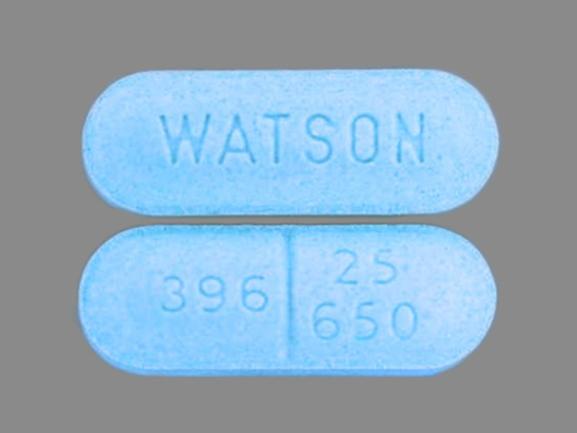Acetaminophen/pentazocine Interactions
There are 561 drugs known to interact with acetaminophen/pentazocine, along with 17 disease interactions, and 1 alcohol/food interaction. Of the total drug interactions, 168 are major, 380 are moderate, and 13 are minor.
- View all 561 medications that may interact with acetaminophen/pentazocine
- View acetaminophen/pentazocine alcohol/food interactions (1)
- View acetaminophen/pentazocine disease interactions (17)
Most frequently checked interactions
View interaction reports for acetaminophen / pentazocine and the medicines listed below.
- Actonel (risedronate)
- Actos (pioglitazone)
- Alcohol (contained in alcoholic beverages) (ethanol)
- Aldactone (spironolactone)
- Aleve (naproxen)
- Amaryl (glimepiride)
- Ambien (zolpidem)
- Ambien CR (zolpidem)
- AmBisome (amphotericin b liposomal)
- Amitiza (lubiprostone)
- Ancef (cefazolin)
- Aricept (donepezil)
- Arimidex (anastrozole)
- Aspirin Buffered (aluminum hydroxide / aspirin / calcium carbonate / magnesium hydroxide)
- Azilect (rasagiline)
- Bactrim DS (sulfamethoxazole / trimethoprim)
- Belsomra (suvorexant)
- Benadryl (diphenhydramine)
- Benadryl Allergy (diphenhydramine)
- BuSpar (buspirone)
- Butrans (buprenorphine)
- Calcium 600 D (calcium / vitamin d)
- Caltrate 600+D Plus Minerals (multivitamin with minerals)
- Colace (docusate)
- Lasix (furosemide)
- Lortab (acetaminophen / hydrocodone)
- Nexium (esomeprazole)
- Tylenol Extra Strength (acetaminophen)
- Xanax (alprazolam)
- Zocor (simvastatin)
Acetaminophen/pentazocine alcohol/food interactions
There is 1 alcohol/food interaction with acetaminophen / pentazocine.
Acetaminophen/pentazocine disease interactions
There are 17 disease interactions with acetaminophen / pentazocine which include:
- alcoholism
- liver disease
- impaired GI motility
- infectious diarrhea
- prematurity
- gastrointestinal obstruction
- acute MI
- drug dependence
- intracranial pressure
- respiratory depression
- PKU
- adrenal insufficiency
- liver disease
- renal dysfunction
- seizure disorders
- urinary retention
- biliary tract disease
More about acetaminophen / pentazocine
- Compare alternatives
- Reviews (3)
- Drug images
- Side effects
- Dosage information
- During pregnancy
- Drug class: narcotic analgesic combinations
Related treatment guides
Drug Interaction Classification
| Highly clinically significant. Avoid combinations; the risk of the interaction outweighs the benefit. | |
| Moderately clinically significant. Usually avoid combinations; use it only under special circumstances. | |
| Minimally clinically significant. Minimize risk; assess risk and consider an alternative drug, take steps to circumvent the interaction risk and/or institute a monitoring plan. | |
| No interaction information available. |
See also:
Further information
Always consult your healthcare provider to ensure the information displayed on this page applies to your personal circumstances.


